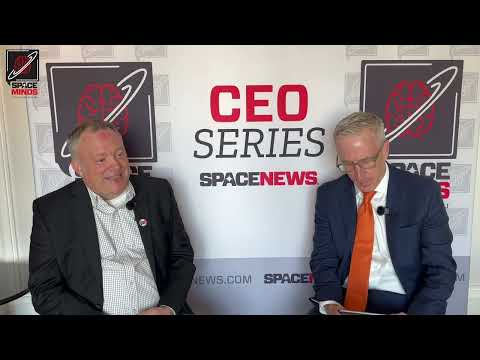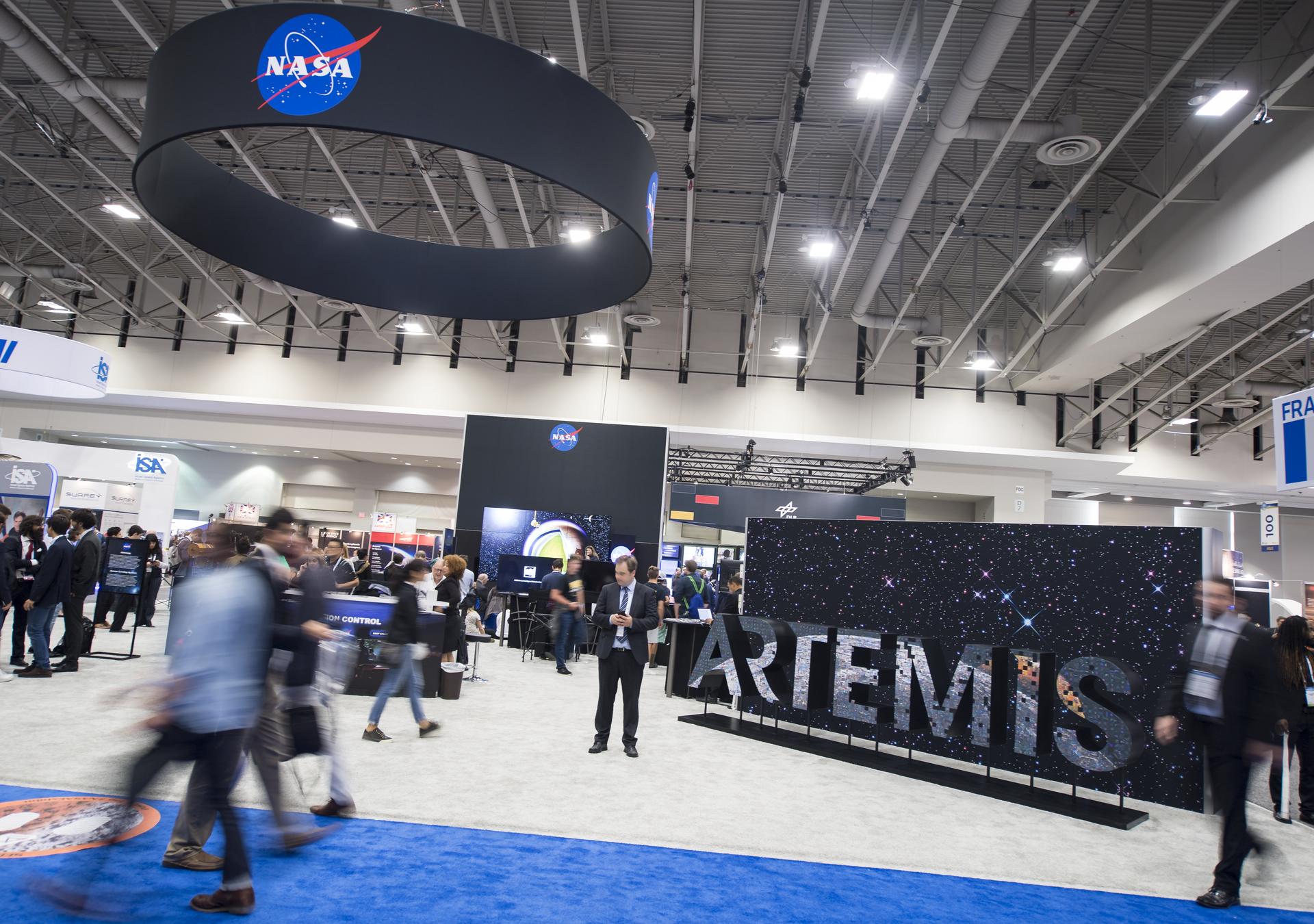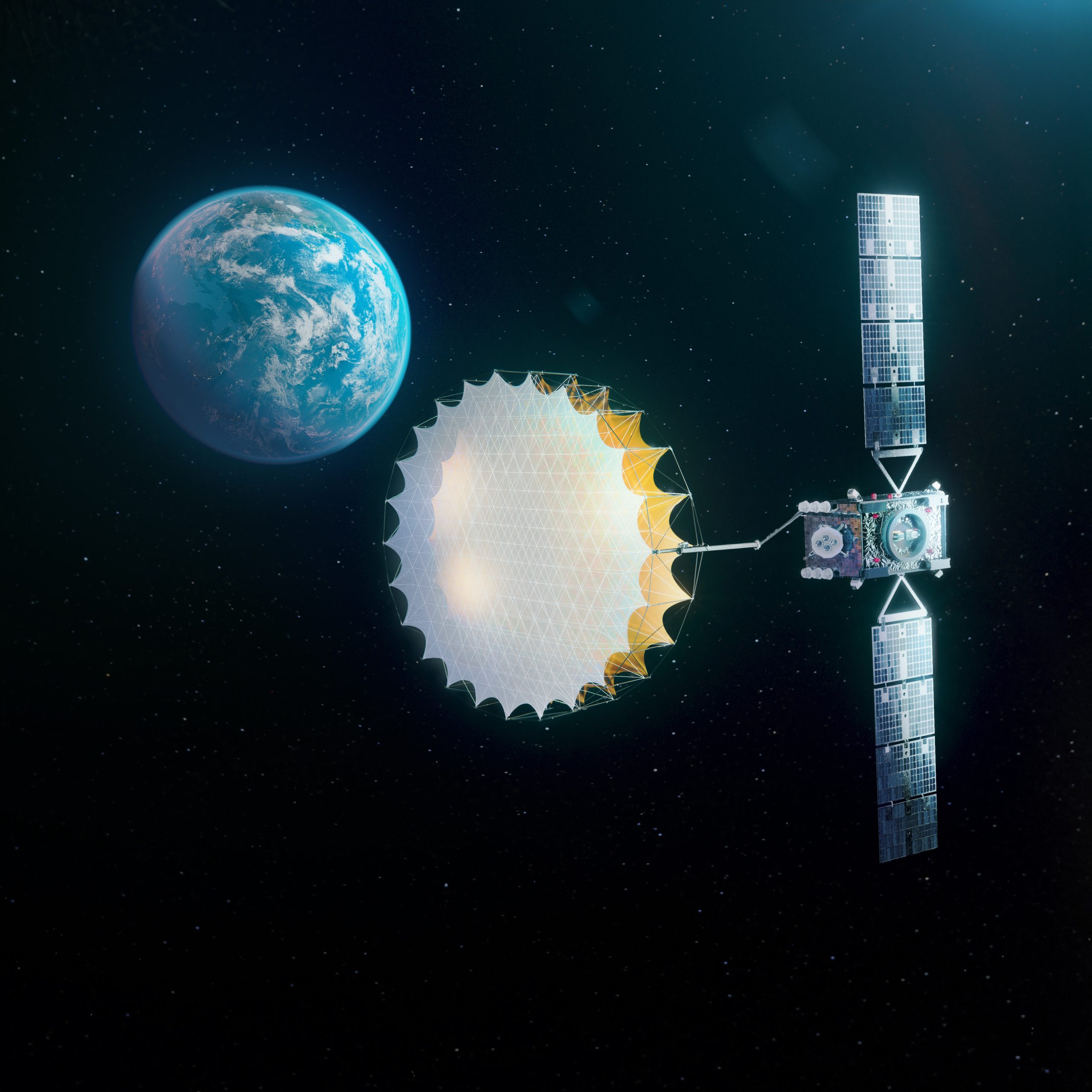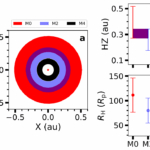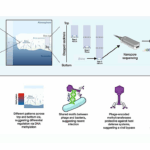The earliest images of 3I/ATLAS, newly uncovered by Michigan State University, reveal how the interstellar object evolved as it traveled through our solar system—and how other distant solar systems might
Hot Posts660- Page
In this week’s special CEO Series edition of Space Minds, we’re at the World Space Business Week in Paris. In today’s episode, SpaceNews editor Mike Gruss talks with
The collision and merger of two neutron stars—the incredibly dense remnants of collapsed stars—are some of the most energetic events in the universe, producing a variety of signals that can
NATIONAL HARBOR, Md. — The U.S. Space Force must rethink how it purchases technology, accepting imperfect solutions that can help troops today rather than waiting for flawless systems, the service’s
Attendees are seen by the NASA exhibit at the 70th International Astronautical Congress, Friday, Oct. 25, 2019, at the Walter E. Washington Convention Center in Washington. Credit: NASA/Joel Kowsky Led
The International Space Station (ISS) has recently received crucial deliveries from three cargo spacecraft – Progress MS-32, the Cargo Dragon C211, and Cygnus XL S.S. William C. “Willie” McCool –
Keith Cowing Explorers Club Fellow, ex-NASA Space Station Payload manager/space biologist, Away Teams, Journalist, Lapsed climber, Synaesthete, Na’Vi-Jedi-Freman-Buddhist-mix, ASL, Devon Island and Everest Base Camp veteran, (he/him) 🖖🏻 Follow on
When NASA astronaut Jonny Kim took control of four robots from space this summer, he reactivated a dormant passion of his: video games. Kim is on board the International Space
TAMPA, Fla. — Swissto12 has completed the Preliminary Design Review for its first direct-to-device connectivity satellite, the Swiss small geostationary spacecraft manufacturer announced Sept. 15. The company announced a contract
Sum of water mass accreted by planets in the habitable zone of their respective stars (color lines) and disk mass fraction along the x-axis. Circle size represents average protoplanet mass
-
 012024 in Review: Highlights from NASA in Silicon Valley
012024 in Review: Highlights from NASA in Silicon Valley -
 02Panasonic Leica Summilux DG 15mm f/1.7 ASPH review
02Panasonic Leica Summilux DG 15mm f/1.7 ASPH review -
 03How New NASA, India Earth Satellite NISAR Will See Earth
03How New NASA, India Earth Satellite NISAR Will See Earth -
 04And Thus Begins A New Year For Life On Earth
04And Thus Begins A New Year For Life On Earth -
 05Astronomy Activation Ambassadors: A New Era
05Astronomy Activation Ambassadors: A New Era -
06SpaceX launch surge helps set new global launch record in 2024
-
 07Space Force plans new ‘Futures Command’ amid pressure to speed up modernization
07Space Force plans new ‘Futures Command’ amid pressure to speed up modernization


